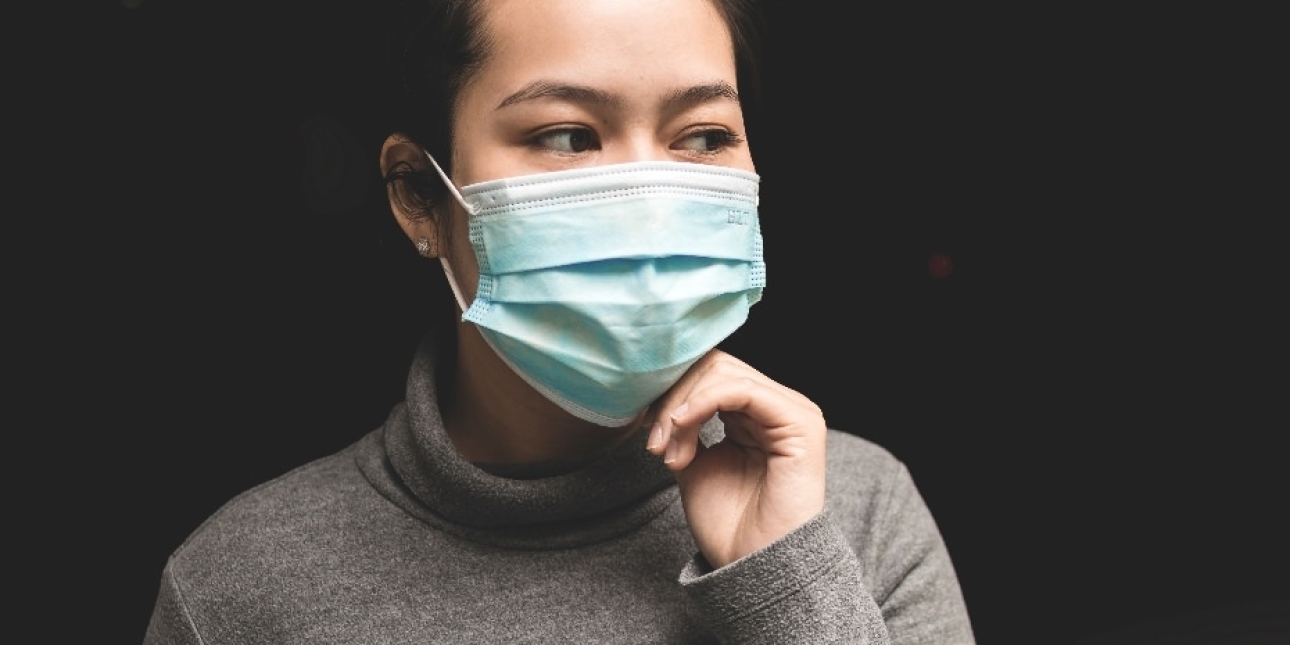Communicating about the Coronavirus: useful fact based tools and links
Professional communicators have a critical role in preventing disinformation about the Coronavirus. This article includes links to useful fact based tools.
In the two months since the first case of Coronavirus, or COVID-19, was reported it has spread across the world.
In the UK Chief Medical Officers have raised the risk to UK citizens from low to moderate. The World Health Organisation has stopped short of declaring it a pandemic.
The Coronavirus has been spread by international travel. It originated in Wuhan, China. Significant outbreaks have now occurred in China, Hong Kong, Iran, northern Italy, Japan, Macau, Malaysia, Singapore, South Korea, Taiwan and Thailand.
The virus presents with flu like symptoms including fever, tiredness, and dry cough. Some patients may have aches and pains, nasal congestion, runny nose, sore throat or diarrhoea.
The current evidence is that most cases appear to be mild. Those who have died appear to have had pre-existing health conditions.
Here’s the issue. It takes two weeks for Coronavirus symptoms to present during which time an infectious individual can pass on the virus.
The World Health Organisation has reported 85,000 confirmed cases in 54 countries and almost 3,000 deaths. It is almost certainly under counted.
Organisations are trying to make decisions without complete data.
Much of the communication about the virus is disinformation and scaremongering. Imperfect information leads to uncertainty.
There is no antibiotic to fight the virus. A vaccine is a least a year from development. Good hygiene and quarantine are the best forms of defence against the virus.
Financial markets do not like uncertainty. The stock markets in the UK and US have seen dramatic falls this week.
The manufacturer of Corona beer has said its name association with the virus has led to a decline in sales. It reported a loss of £132 million in profits.
Then there’s the issue of political disinformation. President Trump accused the Democratic Party of politicising the virus in order to damage his administration and election campaign.
Trump has appointed Vice President Mike Pence to lead the US government response. His initial response has been to censor public health messaging.
In her book Communicate in a Crisis Kate Hartley describes how the modern media environment amplifies a crisis situation.
Information shared in mainstream media is typically sensationalist. The Daily Mirror and The Sun both ran virus panic stories on their front pages yesterday, Meanwhile content shared via social media is opinion not fact and all sources appear equal in a newsfeed.

It is critical that professional communicators are responsible in how they communicate about the virus.
In the #FuturePRoof Disinformation and ‘Fake News’ toolkit Sarah Waddington stressed the importance of fact based communication to tackle disinformation and build trust.
Omnicom PR President David Gallagher picked up the theme in his newsletter this week:
“I have worked on a number of public health campaigns over the years - HIV, influenza, rotavirus, and food safety among others - and three factors outweigh all others for successful communications: clarity, consistency and honesty,” he said.
The Department of Health and Social Care, the World Health Organisation and the NHS provide fact based information based information in plain English. Here are links to useful sources.
Daily update on UK cases: Department of Health and Social Care
7,690 people have been tested for the virus in the UK of which 7,675 were confirmed negative and 15 positive. The Department of Health and Social Care is publishing updated data every day at 2pm UK time until further notice.
Situation dashboard: World Health Organisation
The World Health Organisation has created a live dashboard of confirmed cases around the world.

Diagnosis of the Coronavirus: NHS
In the UK the NHS has built an online Coronavirus service that can tell you if you need medical help and advise you what to do.

Preventing spread of the Coronavirus: World Health Organisation
Wash your hands frequently
Regularly and thoroughly clean your hands with an alcohol-based hand rub or wash them with soap and water. Washing your hands with soap and water or using alcohol-based hand rub kills viruses that may be on your hands.
Maintain social distance
Maintain at least a metre distance between yourself and anyone who is coughing or sneezing. When someone coughs or sneezes they spray small liquid droplets from their nose or mouth which may contain virus. If you are too close, you can breathe in the droplets, including the Coronavirus if the person coughing has the virus.
Avoid touching eyes, nose and mouth
Hands touch many surfaces and can pick up viruses. Once contaminated, hands can transfer the virus to your eyes, nose or mouth. From there, the virus can enter your body and can make you sick.
Wearing a mask
If you are healthy according to World Health Organisation you only need to wear a mask if you are taking care of a person with suspected Coronavirus infection. Wear a mask if you are coughing or sneezing.
Photo by Ani Kolleshi on Unsplash

